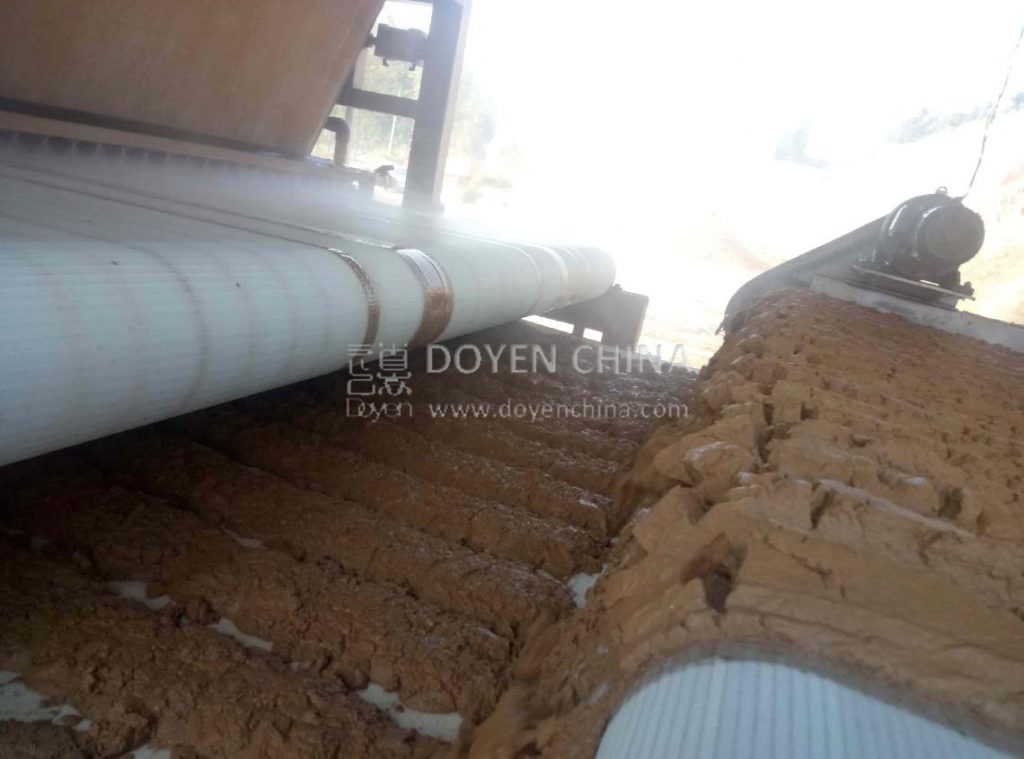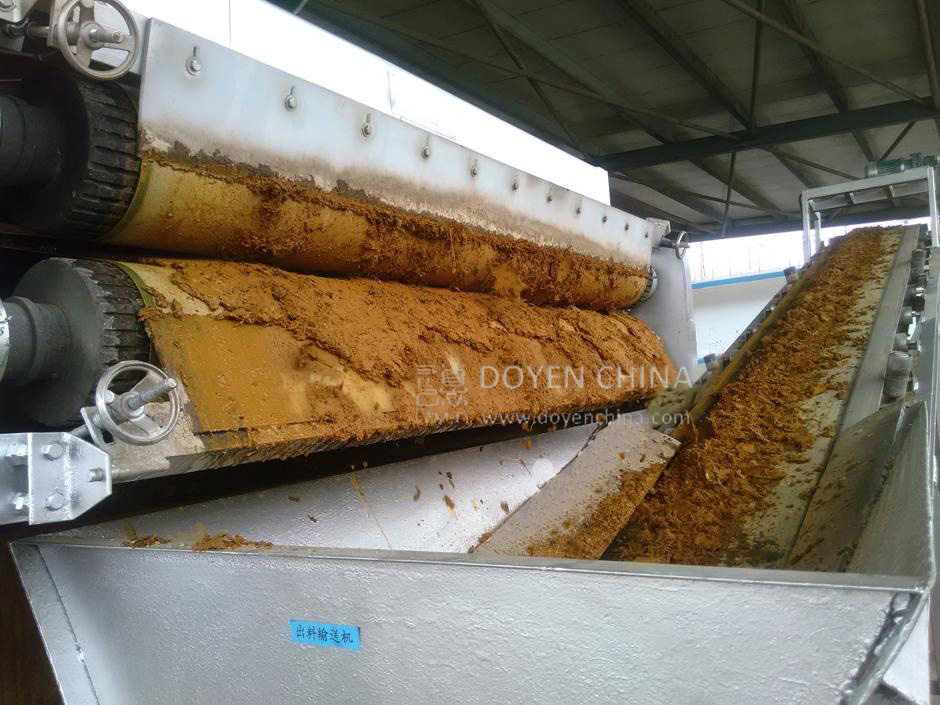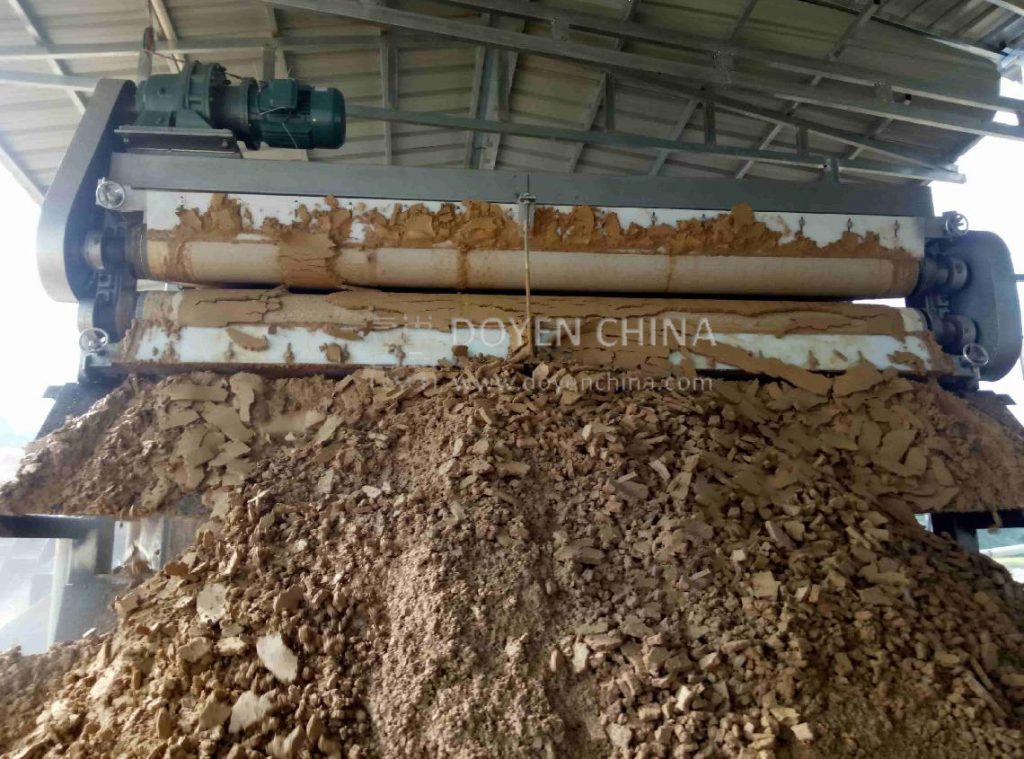
Current page:
Home/
News/
Technical scope of sludge treatment and utilization and box filter press
Tel:
+86-757-8633-0278
Email:doyen@doyenchina.com
Fax:+86-757-86287390
Address:Room 201, Building No. 24, Yicui Rose Garden, No. 2, Jihua 7 Road, Chancheng District, Foshan City, Guangdong Province, China 528000.
(1) Composting technology of sludge
(2) Building materials technology of sludge
(3) Fuel technology of sewage sludge
(4) Anaerobic digestion (biogas) technology of sludge

(1) Sludge treatment by microwave irradiation
(2) Microwave chemical analysis technology
(1) Microbial leaching technology
(2) Microbial adsorption treatment
(3) Microbial deodorization technology
(1) Wet oxidation technology
(2) Activated sludge as binder
(3) Preparation of degradable plastics from excess sludge
(4) Preparation of activated carbon from sludge
(5) O3 / H2O2 oxidation technology
(6) UV / O3 oxidation technology
(7) UV / H2O2 oxidation process
(8) With the strengthening of environmental protection and people’s further understanding of the limitations of existing sludge treatment and disposal technologies, countries all over the world are investing heavily in the research and development of new technologies, striving to find a more economical and reasonable sludge treatment scheme. The dehydrated sludge is fed into the hopper by lime dosing technology. Lime and aminoxanthic acid are added into the hopper. The lime dosage is 10% – 15% of the wet sludge amount, and the aminoxanthic acid dosage is about 1% of the lime dosage.

The moisture content of sludge in municipal wastewater treatment plant is too high (about 98%), which makes sludge dewatering become the necessary link of reduction and connection of subsequent treatment. The main sludge dewatering technology currently used, the moisture content of sludge cake is as high as 80%, which not only reduces the effect, but also the technical range of sludge treatment and sludge treatment and utilization, as well as the box filter press.

Because of the ammonia gas produced in the reaction process, the sterilization effect of the whole process was enhanced and the reaction temperature was reduced. After the sludge, quicklime and aminoxanthic acid are stirred in the hopper, they are pushed into the inlet of plunger pump by the double screw feeder, and then sent to the reactor through the plunger pump. The products can be kept at 70 ℃ for 30 min. the output products can meet the EPA part503 class a standard for reclaimed water. After the reaction, the sludge is pumped to the silo, and the gas generated in the sealed container is discharged after being treated by the scrubber. The characteristics of the process are as follows: pH > 12, long duration, complete sterilization; high pH makes most of metal ions precipitate, reducing its solubility and activity; solid content of sludge can be increased to 30% of sludge concentration; odor in sludge is removed, and the system is fully sealed without environmental pollution; the system is fully automatic and easy to operate and maintain; adding a small amount of aminoxanthic acid reduces the amount of lime and the reaction According to the time, the running cost is reduced. The so-called sludge carbonization technology is the process of releasing water from sludge by certain means, while retaining the carbon value of sludge to a large extent, so as to greatly increase the carbon content in the final product (sludge carbonization o in the world, sludge carbonization is mainly divided into three types. (1) High temperature carbonization. The temperature of carbonization is 649-982 ℃. Firstly, the sludge is dried to about 30% water content, and then it is put into carbonization furnace for high temperature carbonization granulation. The calorific value of carbonized particles is about 8 360-12 540 kJ / kg (Japan or USA). More mature companies in technology include Ebara of Japan, Mitsubishi Heavy Industries, Pakistan industries and ies of the United States. However, due to its complex technology, high operating cost and low calorific value content in the product, it has not been applied in a large scale, and the larger scale is 30 wet sludge. (2) Carbonization at medium temperature. The temperature of carbonization is 426-537 ℃. Firstly, the sludge is dried to about 90% water content, and then it is decomposed in carbonization furnace. Oil, reaction water (steam condensate), biogas (uncooled air) and solid carbides are produced in the process. The representative of this technology is ESI company in Australia. The company has built a 100t / D treatment plant in Australia. This technology can realize sludge reduction and resource utilization, but it is very difficult to use because the final products of sludge are too diverse. In addition, the sludge is carbonized after drying, and its economic benefit is not obvious. There is no other potential user except a treatment plant in Australia. (3) Low temperature carbonization. There is no need to dry before carbonization. During carbonization, the pressure is 6-8 MPa, and the carbonization temperature is 315 ℃. After carbonization, the carbonized sludge becomes liquid, and the moisture content after dehydration is less than 50%. After drying and granulation, it can be used as low-grade fuel, and its calorific value is about 15 048-20 482 kJ / kg (USA). By heating and pressurizing, the biomass in the sludge can be completely cracked, and 75% of the water in the sludge can be removed only by mechanical method, which greatly saves the energy consumption in operation. All the sludge is cracked to ensure the complete stability of the sludge. Most of the calorific value of sludge is retained in the carbonization process of sludge, which creates a condition of 14T for energy reuse after pyrolysis. By heating the sludge, the viscous organic matter in the sludge can be hydrolyzed under a certain temperature and pressure, which will destroy the colloidal structure of the sludge and improve the dewatering performance and anaerobic digestion performance at the same time. With the increase of hydrothermal reaction temperature and pressure, the particle collision increases, which leads to the destruction of colloidal structure and separation of bound water and solid particles. The moisture content of sludge after hydrothermal treatment is greatly reduced without adding flocculant. Macroscopically, the hydrolysis of sludge showed that the concentration of volatile suspended solids decreased and the concentration of COD, BOD and ammonia nitrogen increased. In the hydrothermal drying technology, the slurry reactor is adopted, and the slurry is preheated by flash steam backmixing, and the steam and machinery are jointly stirred to improve the treatment efficiency of the system; in the hydrothermal reactor, the reverse flow of steam is used to directly mix heating to strengthen the mass transfer and heat transfer process, which can avoid local overheating, coking and carbonization. In the continuous flash reactor, the energy efficiency of the system is realized Recycle the old.
We supply slurry & tailings dewatering equipments for mining industry, including belt press, filter press, disc filter etc. If anyone who is interested in, please contact with us for details. (whatsapp &wechat: +86 18029279035).
Welcome to joyce@doyenchina.com or visit https://www.doyenchina.com.
Aug-25-2020
admin

 +86-757-8633-0278
+86-757-8633-0278 doyen@doyenchina.com
doyen@doyenchina.com Sitemap
Sitemap